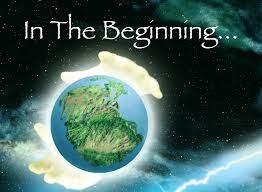 The Judaeo-Christian creation story is pretty straightforward – God did it (don’t ask where he came from). Science says it was a Big Bang. Superficially the two may seem equivalent. However, science today has a great deal more to tell us about the Big Bang than simply that it banged.* And importantly, this isn’t just story telling like the Bible’s, but confirmed by empirical evidence. Science is not just another “faith.”
The Judaeo-Christian creation story is pretty straightforward – God did it (don’t ask where he came from). Science says it was a Big Bang. Superficially the two may seem equivalent. However, science today has a great deal more to tell us about the Big Bang than simply that it banged.* And importantly, this isn’t just story telling like the Bible’s, but confirmed by empirical evidence. Science is not just another “faith.”
We know more about the Universe’s beginnings than the average person probably realizes. This includes a quite detailed nanosecond-by-nanosecond account of its event-filled first moments. One key issue is how it got so large if it started from a Big Bang – that is, from virtually zero size. There doesn’t seem to have been enough time.
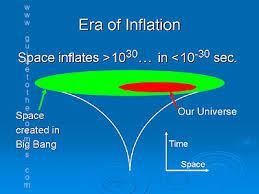
This might sound like a “just so” story, invented (implausibly) to patch a hole in the Big Bang idea. Not so. Indeed, physicists have figured out why, given the conditions existing in that first nanosecond, inflation must have occurred.
The key is that gravity, normally a force of attraction, can also, in very special conditions, be the opposite: repulsive. And during that first nanosecond, conditions would have been chaotic. Specifically, the Higgs field would have undergone wildly fluctuating energy levels.
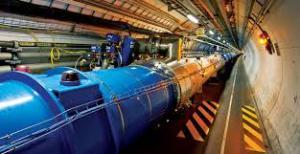
The Large Hadron Collider
(The Higgs field permeates everything; it’s the underlying substrate upon which matter and energy do their thing. Its reality was recently confirmed by the discovery of the Higgs particle, at Switzerland’s Large Hadron Collider.) It’s the Higgs field that can make gravity repulsive; and with all the fluctuations, at some sub-nanosecond it would have hit the sweet spot triggering repulsion. Then – whoosh! After blowing the Universe up to vast size, another Higgs fluctuation would have returned gravity to its normal functioning, slowing the expansion to a more stately pace.
The Universe’s expansion was discovered by astronomer Edwin Hubble in 1929 through careful observation that distant galaxies are all moving away from us. And it was realized that if that film is run backwards, the galaxies all crunch together – giving us the Big Bang. Until recently, it was assumed that gravity would cause the Universe’s expansion to continue slowing down. But then further careful observations revealed that expansion is now in fact accelerating.
Scientists hated this counter-intuitive finding, and tried hard to explain it away. But science is based on facts and evidence, not dogma, and acceleration was duly accepted.
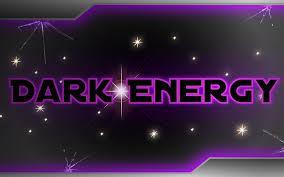
Not only does all this jibe with the known laws of physics, and not only is it also confirmed by astronomical observations, but furthermore, the entire Big Bang/inflation schema is confirmed by data from the 1992 COBE satellite, which measured with incredible exactitude the temperature of the cosmic background radiation – literally, the radiation left over from the Big Bang. The overall reading, as well as the observed infinitesimal variations, agreed exactly – exactly – with Big Bang/inflationary cosmology. Bingo!
So, again, we know what happened all the way back to a fraction of a second after the Big Bang. But we can’t get to Time Zero itself because there you encounter what physics calls a singularity, where its (thus far known) laws don’t work. Nor can we peek into the time before that – the very idea may be considered meaningless since Time itself began with the Big Bang. So we are left with the ultimate question: why and how did it bang? Why does the cosmos exist at all? Or, how can you get something from nothing?
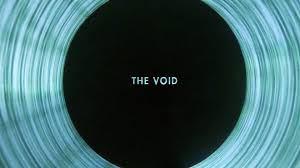
This is crucial because it’s a good bet the Big Bang resulted from that field’s energy fluctuations. Quantum mechanics (a branch of physics) tells us that even if a field’s energy level at a given moment is zero (as “nothing” as you can get), it’s still subject to fluctuations around that value, so in the next moment may be other than zero.
This too has in fact been proven, in the laboratory. Physicist Hendrik Casimir figured out how to actually measure the effect, now called the Casimir Force. This confirms that even seeming nothingness hosts an energy field which may be zero but undergoes jittery quantum fluctuations around that value – and just such a fluctuation could quite plausibly have produced the Big Bang.
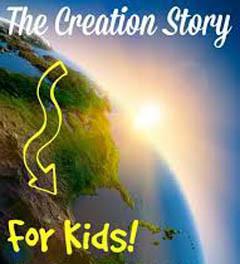
*I’ve been learning more about this from Brian Greene’s book, The Fabric of the Cosmos.
